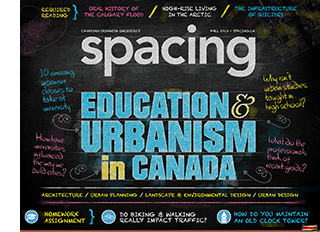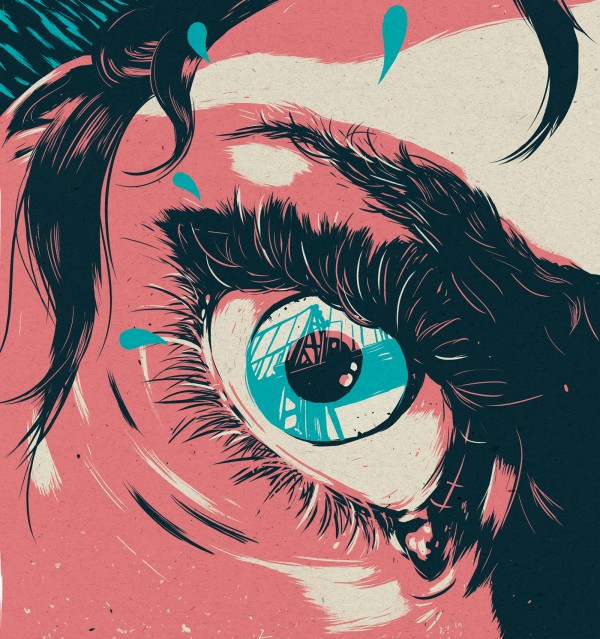 The current issue of Spacing has been on newsstands for a few weeks across the country. While the major focus of the issue is the cover section dedicated to education and urbanism, one of the main features, “Saving Time”, focuses on suicides and suicide attempts on pieces of city infrastructure. Spacing asked the article’s author, Graeme Bayliss, to write about the challenges of writing about suicide.
The current issue of Spacing has been on newsstands for a few weeks across the country. While the major focus of the issue is the cover section dedicated to education and urbanism, one of the main features, “Saving Time”, focuses on suicides and suicide attempts on pieces of city infrastructure. Spacing asked the article’s author, Graeme Bayliss, to write about the challenges of writing about suicide.
On the morning of June 26, I conducted my first interview for “Saving Time,” a feature story about suicide infrastructure, which appears in the current issue of Spacing. The interview was with Brad Ross, the TTC’s executive director of corporate communications. Ross spoke to me about subway suicides, providing me with the latest 2013 statistics. At the time of our telephone interview, there had been nine attempts, of which three were successful.
A few days before the fall 2013 issue of Spacing was sent to the printers, I called Ross again, to ensure that my statistics were up to date. He informed me that, in fact, there had been another successful subway suicide attempt; it occurred on June 26.
It was an eerie and unpleasant coincidence, but perhaps one befitting the grim enigma that is suicide — the unknowability and unpredictability of which can make it difficult to write about.
In writing my piece, I was cognizant of the impact it might have on readers experiencing suicidal thoughts. There is a great deal of academic research that suggests media reports glorifying or explicitly describing methods of suicide can cause an increase in suicides.
(This is sometimes known as the “Werther effect,” so called because it is thought that Johann Wolfgang von Geothe’s epistolary novel The Sorrows of Young Werther — in which the lovelorn protagonist takes his own life — caused a rash of imitative suicides following the novel’s publication in 1774.)
Only one specific, viable suicide spot — the Leaside Bridge — is mentioned in the piece. I felt it necessary to be explicit in writing about the Leaside Bridge, in order to convey more effectively my conviction that it would benefit from the installation of a suicide barrier (and, at any rate, even a vague description of the bridge would likely identify it to Spacing’s readers).
A major scene in the story depicts a subway suicide. Although the TTC station at which the suicide occurs is described in general terms, the name of the station is conspicuously absent. Whether to include or omit the name of the station was the subject of considerable debate in the Spacing office, but it was eventually decided that the name would be expunged from the piece (a decision for which I sought and received the endorsement of a professor of psychiatry at the University of Toronto).
The final scene of “Saving Time,” in which I traverse the catwalk underneath the Leaside Bridge, was the most difficult to research and write. My research consisted of accessing and exploring the trembling underside of the bridge — a task which, given my (to put it mildly) aversion to heights, was (to put it mildly) particularly unsettling. Perhaps more unsettling, though, was the mocking graffiti scribbled on the bridge’s crossbeams: “Bet ur scared”; “No jumping!”; “Suicide is painless.” The evident callousness with which these messages were written was affecting in a way that nothing I saw, read, or heard over the course of writing the piece had been.
illustration by Sabrina Smelko

